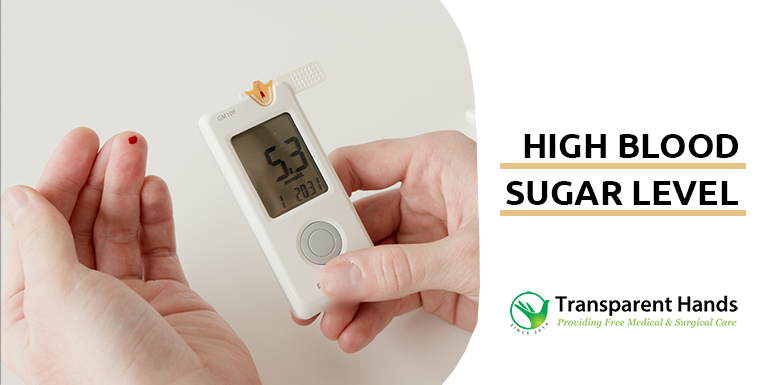What is considered a High Blood Sugar Level?

In the intricate landscape of diabetes management, understanding high sugar levels is paramount. But what precisely constitutes elevated blood sugar for diabetics, and how can one detect its signs? This comprehensive article unravels the query of what is considered high sugar levels for diabetics, encompassing vital insights into common indicators of escalated blood sugar, unraveling the dimensions of normal versus high levels, and delving into strategies to promptly lower blood sugar levels.
What is Considered High Sugar for a Diabetic?
High sugar levels, scientifically known as hyperglycemia, emerge when blood glucose levels surpass the recommended range. Generally, a fasting blood sugar level exceeding 126 mg/dL or a random blood sugar level surpassing 200 mg/dL might signal high sugar for a diabetic individual. To decode the intricacies, it’s always prudent to consult a healthcare professional for personalized guidance tailored to your specific condition.
5 Signs of High Blood Sugar
1. Excessive Thirst and Frequent Urination: An unquenchable thirst coupled with frequent visits to the restroom could indicate elevated blood sugar levels.
2. Fatigue and Lethargy: High sugar levels can trigger a sense of fatigue and weakness, as the body grapples with glucose utilization challenges.
3. Blurry Vision: Elevations in blood sugar may distort vision temporarily due to the impact on the eyes’ lenses.
4. Delayed Healing: Wounds that seem to take longer than usual to heal could be red flags for high blood sugar affecting the body’s natural healing processes.
5. Recurring Infections: A compromised immune response due to high sugar levels might lead to recurring infections like urinary tract infections or yeast overgrowth.
Normal and High Sugar Levels
A typical fasting blood sugar range rests between 70 and 99 mg/dL. If your fasting blood sugar consistently crosses the 126 mg/dL threshold, it might be indicative of inadequately controlled diabetes. Following meals, a temporary elevation in blood sugar is natural, but it should normalize within a few hours. Prolonged elevation could signify inadequate blood sugar management.
Best Way to Lower Blood Sugar Quickly
Hydration is Key: Adequate water intake aids in flushing out excess sugar through urine, helping to stabilize blood sugar levels.
Move Your Body: Gentle physical activities like walking facilitate sugar uptake by cells, leading to lower blood sugar levels.
Opt for Low-Glycemic Foods: Choosing foods with a low glycemic index helps prevent rapid spikes in sugar levels post-meals.
Adhere to Medication Plans: If you’re on diabetes medications, adhering to your prescribed regimen is essential for maintaining optimal blood sugar levels.
FAQs
1. How Do I Lower My A1C Quickly? Embrace a balanced diet, regular physical activity, and meticulous medication adherence. Seek personalized guidance from your medical professional.
2. How Do You Feel If Blood Sugar Is High? Symptoms of high blood sugar encompass extreme thirst, frequent urination, fatigue, and blurred vision.
3. What to Do for High Blood Sugar Immediately? Prioritize hydration, engage in light exercise, and steer clear of high-sugar foods. If levels persistently stay high, promptly consult your healthcare provider.
Conclusion
Navigating the realm of high sugar levels for diabetics necessitates comprehensive understanding. By discerning the signals of elevated blood sugar and distinguishing the disparities between typical and escalated levels, individuals grappling with diabetes can proactively adopt measures for effective management. Remember, a proactive stance, balanced lifestyle choices, and consistent communication with your healthcare team form the crux of mastering blood sugar levels and embracing a thriving life with diabetes.










Leave a Reply